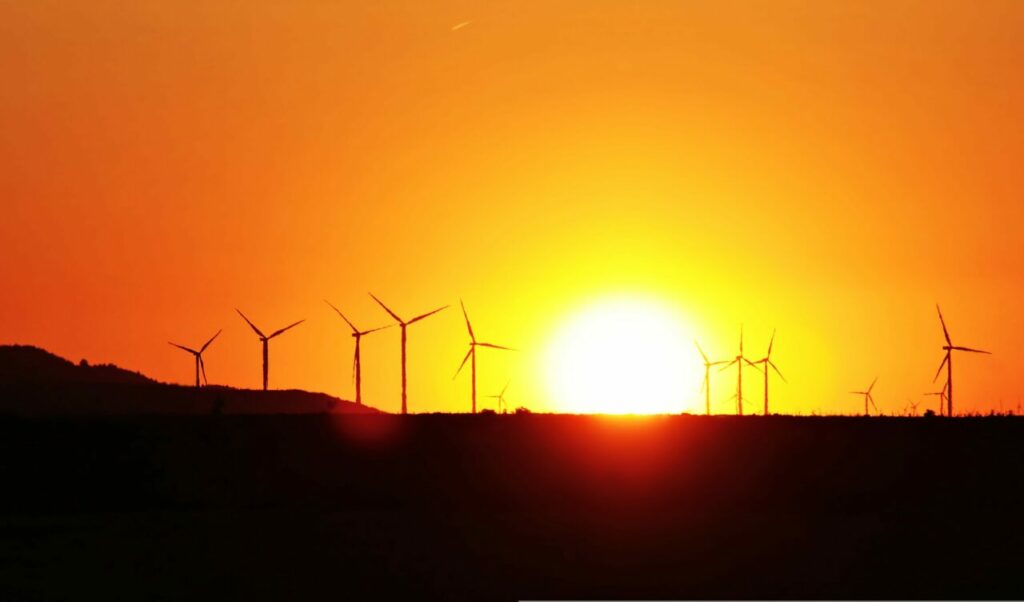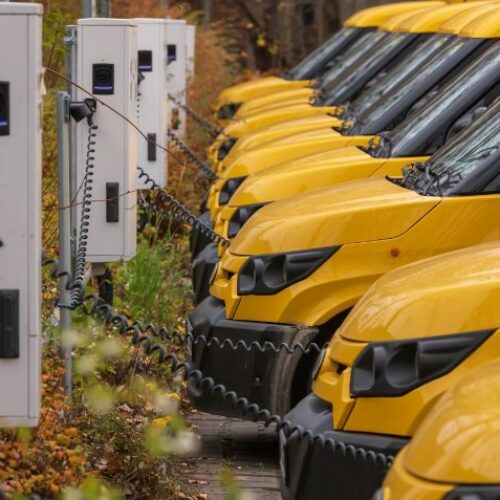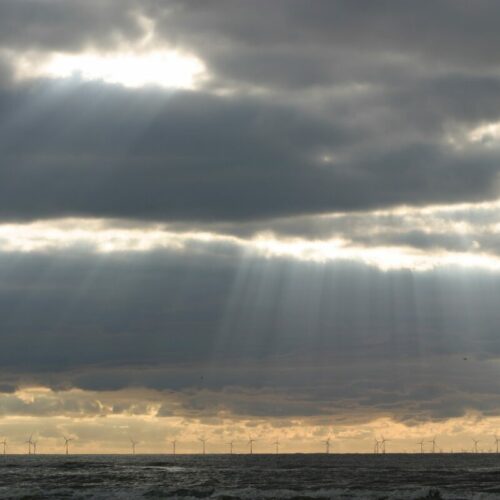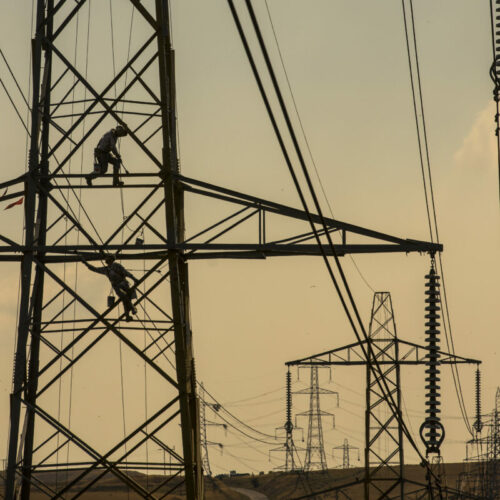Renewable power generation in Europe hit a record high in Q3 2023, according to a new report by EnAppSys.
The energy data analyst’s study of the European Q3 2023 (1 July to 30 September) electricity market – which included Britain – revealed that renewable power generation increased by 12% in the quarter compared to Q3 2022, which is the highest growth rate of any third quarter, according to EnAppSys.
This was primarily attributed high levels of wind generation, totalling 95TWh throughout the quarter, more than the 84TWh recorded in the same quarter last year.
The report follows National Grid ESO’s monthly electricity statistics, which showed that renewables produced 52% and 49% of Britain’s electricity in July and September respectively. In both months wind was the highest producing renewable technology (29% and 24.9% in respective months).
Britain currently has the second-largest capacity of wholly operational projects at 80MW and 14% of global offshore wind currently being developed sits in the UK, according to RenewableUK.
Renewables, including waste, were the largest contributor to the European power mix last quarter, producing a total of 47.7% of total output. By technology, production was led by Hydro (16.4%), followed by wind (15.2%), solar (11.9%) and nuclear (24%).
Fossil fuels made up 28.6% of the total European power mix.
Q3 2023 also saw a sustained downward trend in wholesale electricity prices, a downward trajectory beginning from Q3 2022, revealed EnAppSys. This was mostly attributed to falling gas prices which saw negative prices in the first weeks of Q3 2023, before moving to generally steady prices from July onwards.
There was a surge in electricity prices in late August, due to a rise in gas prices attributed to the announcement of a strike planned for early September by Australian natural gas workers, but prices dipped again towards the end of September when wind generation was high.
“This latest renewables record indicates that many European countries are moving to produce more of their electricity from clean energy sources,” said Jean-Paul Harreman, director of EnAppSys BV. “In Q3 2023, many countries saw an increase in wind generation compared to the third quarters in previous years.
“For example, Germany, the country with the largest wind fleet in the continent, saw a 20% increase in wind generation from Q3 2022. Solar generation also increased by 13% compared to Q3 2022, totalling 95.2TWh in Q3 2023.
“Q3 2023 was also characterised by a sustained downturn in wholesale prices. The lower prices were driven mainly by a mix of lower gas prices, abundant wind power and lower electricity demand. Negative prices were often seen, especially in the early part of the quarter. From July onwards, electricity prices generally remained steady, occasionally dipping, especially towards the end of September when wind generation was high.





